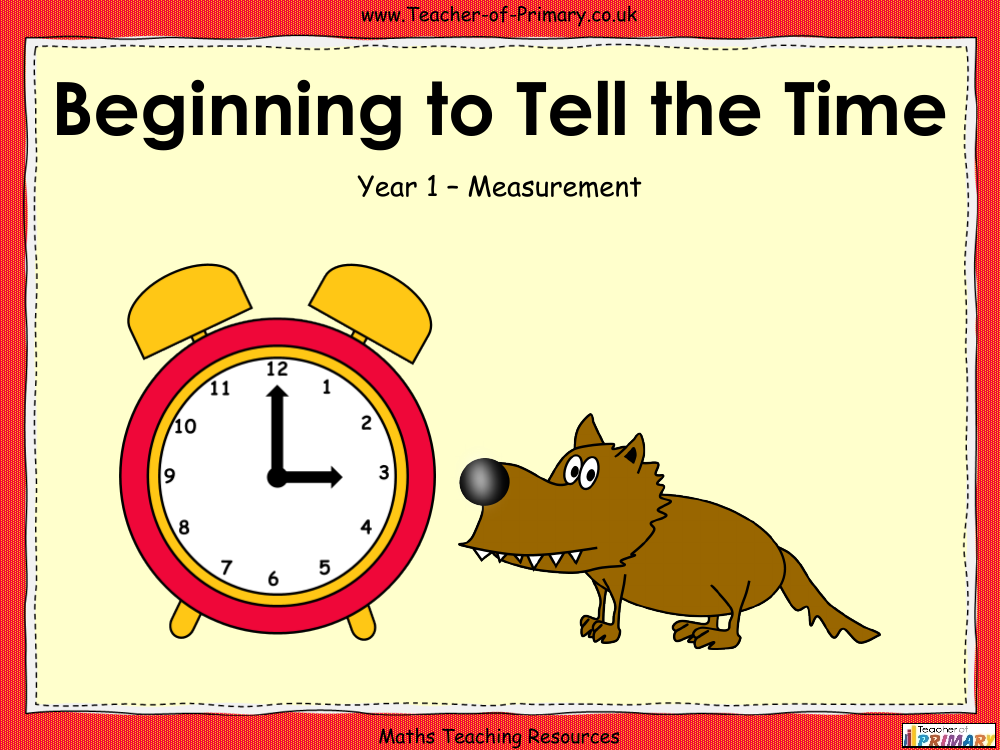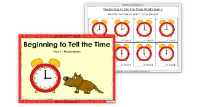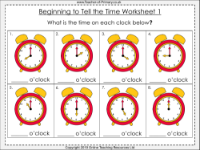Beginning to Tell the Time - PowerPoint

Maths Resource Description
In a comprehensive set of teaching resources aimed at Year 1 students, the fundamental skill of telling the time is introduced. The session begins with the objective of learning to tell the time to the hour and half past the hour. Students are shown various types of clocks, including those with all numbers, only a few numbers, and some with no numbers at all. Emphasis is placed on using a clock with all the numbers for ease of learning. The clocks are broken down into 60 equal parts, representing minutes, with each number being separated by five-minute intervals. The pupils learn about the two hands of a clock: the long hand, known as the minute hand, and the short hand, known as the hour hand. The minute hand's position in relation to the number 12 indicates whether it is an o'clock time, while the hour hand's slow progression from one number to the next marks the passing hours.
Students are engaged in activities that include identifying times such as 3 o'clock and understanding the progression of time, such as how in one hour, the time will change from 3 o'clock to 4 o'clock. They are then encouraged to apply their knowledge by working out the times displayed on various clocks. The lesson advances to teach telling time at half past the hour, highlighting that when the minute hand points to the 6, it indicates a half past time. For example, if the minute hand is at the 6 and the hour hand is between the 3 and 4, the time is half past 3. Worksheets and interactive activities, such as drawing the hands on the clock to show the correct time and a 'Make a Clock' template, provide practical exercises to reinforce the learning. The resources are designed to make the concept of time telling accessible and engaging for young learners.


